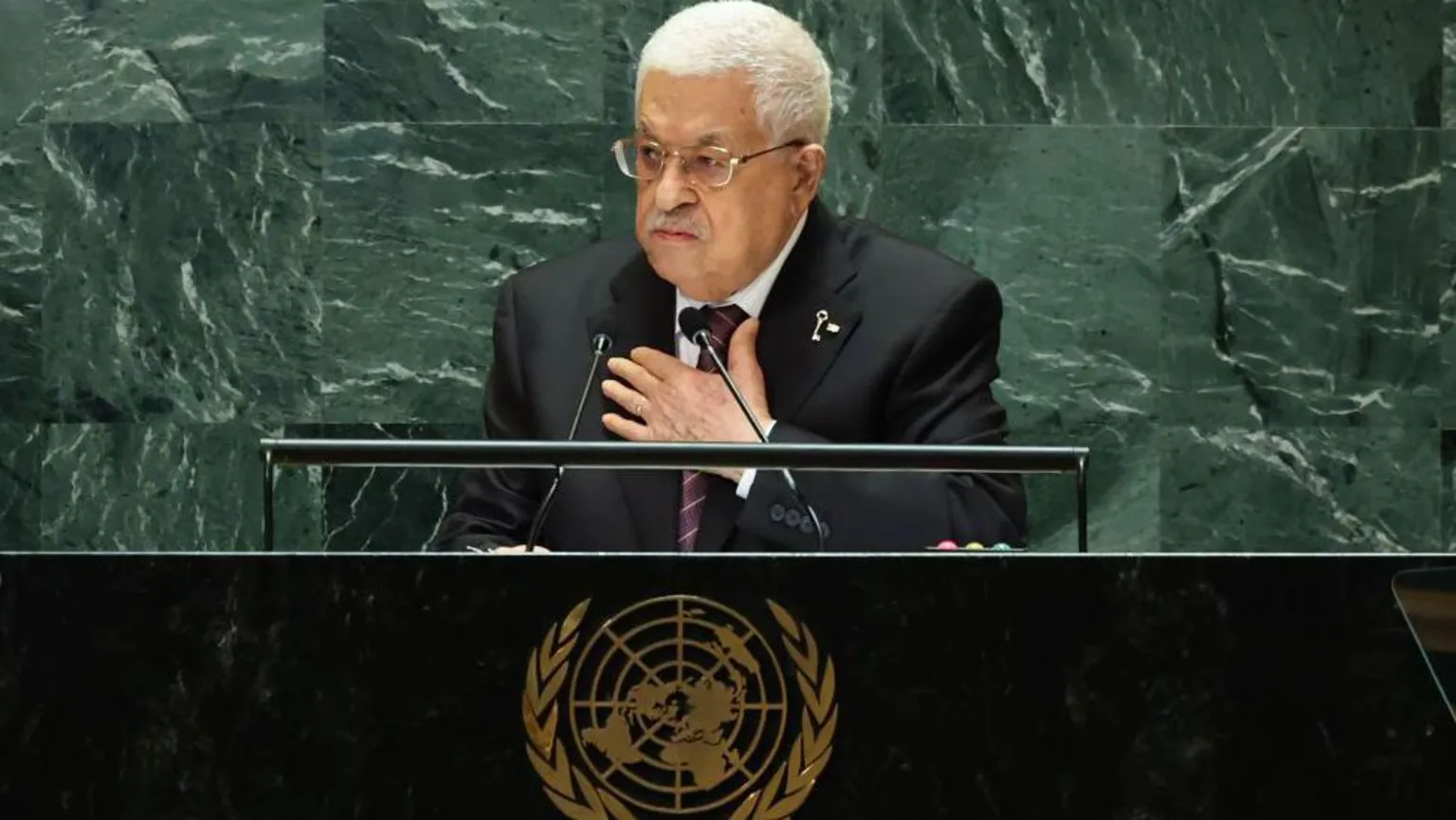 Ali Awad is tired. The 27-year-old resident of Tuba, one of the dozen or so villages that make up Masafer Yatta in the arid south Hebron hills of the occupied West Bank, had been up all night watching as a masked Israeli settler on horseback circled his family home.
Ali Awad is tired. The 27-year-old resident of Tuba, one of the dozen or so villages that make up Masafer Yatta in the arid south Hebron hills of the occupied West Bank, had been up all night watching as a masked Israeli settler on horseback circled his family home.
“When we saw the masked settler, we knew he wanted violence,” said Awad, his eyes bloodshot. They were lucky this time: the settler disappeared into the darkness before police could show up.
The men in Masafer Yatta rarely sleep these days. They take turns standing watch at night, fearful that nearby Israeli settlers will attack under the cover of darkness.
Daylight brings little respite. Residents work with an ear pricked up for the sound of approaching vehicles, scanning the horizon for Israeli bulldozers which could signal their homes are next to be demolished.
Israel designated Masafer Yatta a military training zone – named firing zone 918, where no civilians can live – in 1981. It has been working since to push out the roughly 1,200 residents who remain. These residents have been fighting in Israeli courts for more than two decades to stop their expulsion, a battle which has slowed, but not stopped, the demolition of Palestinian homes there.





 Israeli forces have killed at least 77 Palestinians across Gaza, including 47 people in northern Gaza...
Israeli forces have killed at least 77 Palestinians across Gaza, including 47 people in northern Gaza... Palestinian President Mahmoud Abbas has been blocked from attending the UN General Assembly session in New...
Palestinian President Mahmoud Abbas has been blocked from attending the UN General Assembly session in New... American private military firms could be deployed to Ukraine as part of a long-term peace plan.Donald...
American private military firms could be deployed to Ukraine as part of a long-term peace plan.Donald...






























